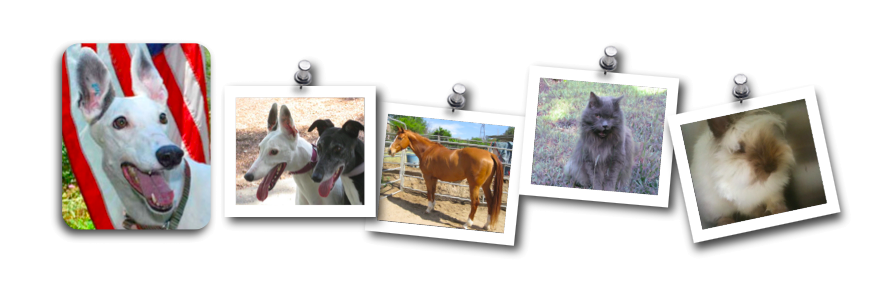Because cortisol is such a diverse hormone, there’s a whole host of diverse symptoms. Not all dogs that acquire Cushing’s disease have all symptoms. Honestly, unless you or vet have waited to the bitter end to make the diagnosis, most dogs have only two or three in the long list of symptoms.
The symptoms we see commonly with dogs that are beginning the Cushing’s process is that they tend to drink more, urinate more (can include incontinence in the house), pant more, and gain weight. Even if you reduce calories in their food, they tend to have a potbellied appearance, a big, swollen abdomen. You can see thinning skin, hair loss and, in many cases, change in the pigment of the skin. If your dog used to have a pink belly, she now has a gray one or even black skin.
Oftentimes, your dog can become irritable or restless. We’ve seen some animals develop bruising. There are some rare symptoms like rear limb weakness, as well as blood clots that can be associated with Cushing’s disease.
But because the syndrome is so diverse -- every part of your pet’s body literally has a cortisol receptor -- sometimes the immunosuppressive aspect of Cushing’s disease is what ultimately brings you to the veterinarian.
So if your pet has a recurrent urinary tract infection that he or she can’t get rid of – along with one or two of the other symptoms like thin skin or failing to gain weight – you have to think about asking your veterinarian about Cushing’s disease.In my practice, the number one reason I see Cushing’s patients being referred in is for misdiagnosis of liver disease. Because the liver has to process all this extra cortisol circulating in your pet’s body, your pet’s liver enzymes tend to increase – not only the liver’s specific enzyme ALT, but a secondary induced liver enzyme called alkaline phosphatase (ALP) tends to elevate when animals begin developing Cushing’s disease.

No comments:
Post a Comment